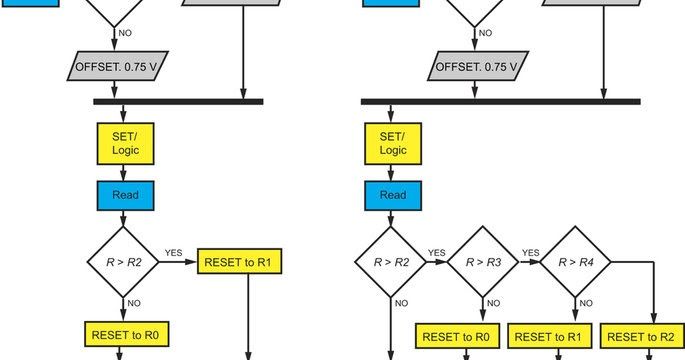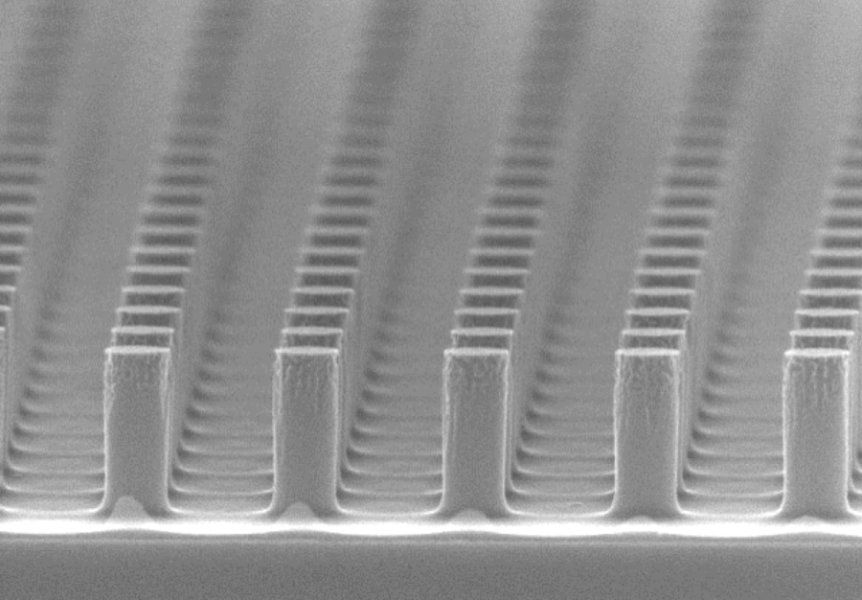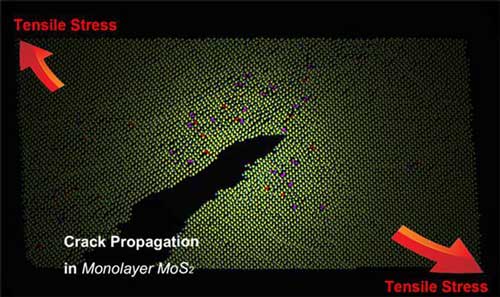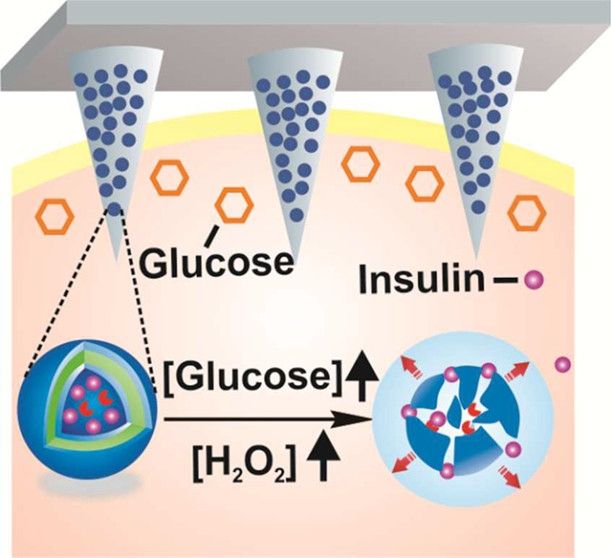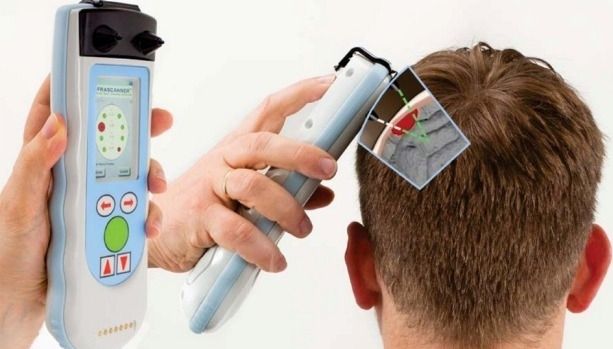Nice; ReRam with multi-state processing and reliable storage.
Short of full blown molecular computers or universal quantum computers or optical computers memristors have the most potential for a hardware change to dramatically boost the power and capabilities of computers. The boost to computer power could be nearly a million times by fully leveraging memristors. It would likely be more like a thousand times with more near to mid term usage of memristors.
Memristors (aka ReRAM) could become computer memory that is over 10 times denser than Flash or DRAM in two dimensions. Memristors like flash would be nonvolatile memory that would not need power for retain memory. Memristors are created from nanowire lattices which could be stacked in three dimensions. Memristors have also previously been shown to behave like brain synapses which could be used for computer architectures that emulate the human brain for neuromorphic computing. Now there is work on multistate memristors that perform computation. This means that eventually processing and memory could be tightly integrated.
Light travels 30 centimeters in 1 nanosecond. Wires have an approximate propagation delay of 1 ns for every 6 inches (15 cm) of length. Logic gates can have propagation delays ranging from more than 10 ns down to the picosecond range, depending on the technology being used.
